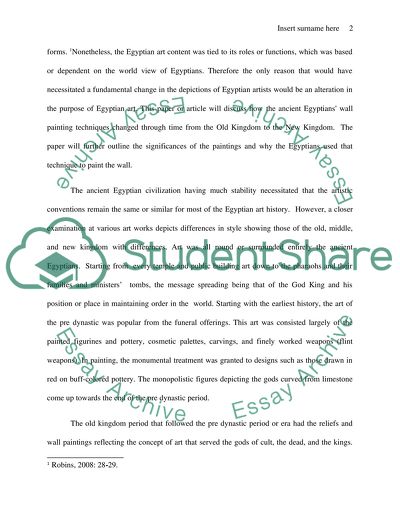Cite this document
(“The Ancient Egyptians' Wall Painting Techniques Research Paper”, n.d.)
The Ancient Egyptians' Wall Painting Techniques Research Paper. Retrieved from https://studentshare.org/history/1460819-the-ancient-egyptians-wall-painting-techniques
The Ancient Egyptians' Wall Painting Techniques Research Paper. Retrieved from https://studentshare.org/history/1460819-the-ancient-egyptians-wall-painting-techniques
(The Ancient Egyptians' Wall Painting Techniques Research Paper)
The Ancient Egyptians' Wall Painting Techniques Research Paper. https://studentshare.org/history/1460819-the-ancient-egyptians-wall-painting-techniques.
The Ancient Egyptians' Wall Painting Techniques Research Paper. https://studentshare.org/history/1460819-the-ancient-egyptians-wall-painting-techniques.
“The Ancient Egyptians' Wall Painting Techniques Research Paper”, n.d. https://studentshare.org/history/1460819-the-ancient-egyptians-wall-painting-techniques.


